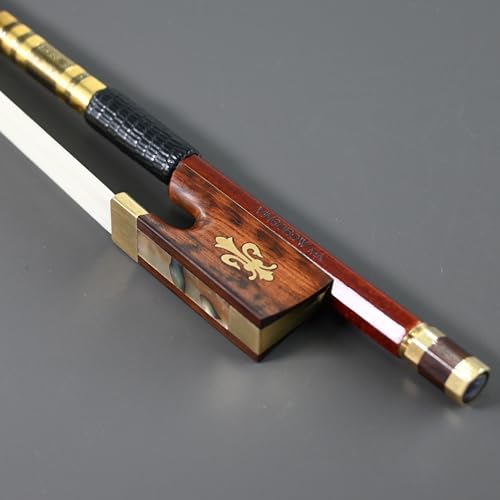What is the violin made of?
The violin is a string instrument that produces sound when the strings are played with a bow or plucked. It is a popular instrument in classical music and is known for its deep and rich sound. But have you ever wondered what the violin is actually made of? In this article, we will explore the materials used in the construction of a violin and how they contribute to its unique sound.
The Body
The body of the violin is typically made from different types of wood, with the top plate, or soundboard, usually crafted from spruce. Spruce is a lightweight and flexible wood that is able to resonate and produce a vibrant sound. The back plate and sides of the violin are often made from maple, which is a dense and hard wood that adds stability to the instrument. These woods are carefully selected for their acoustic properties and are usually aged and treated before being used in the construction of the violin.
The Neck, Fingerboard, and Scroll
The neck of the violin is usually made from maple and is attached to the body of the instrument. It provides support for the strings and also houses the pegs, which are used for tuning. The fingerboard, located on the neck, is typically made from ebony, a dense and smooth wood that allows the strings to vibrate freely. The scroll, which is the decorative, carved end of the neck, is also made from maple and adds an aesthetic element to the violin.
The Strings and Tailpiece
The strings of the violin were traditionally made from catgut, which is made from the intestines of sheep or goats. However, modern strings are usually made from steel or synthetic materials, such as nylon or perlon. These materials provide durability and stability while still producing a high-quality sound. The strings are attached to the tailpiece, which is typically made from ebony or another hardwood. The tailpiece is connected to the tailpin and helps to anchor the strings to the body of the violin.
The Bow
The bow of the violin is a separate component that is used to create sound by moving across the strings. It consists of a wooden stick, typically made from pernambuco or brazilwood, and horsehair stretched between the stick and a tip made of various materials, such as bone or ivory. The tension of the horsehair and the way it is rosined, or coated with rosin, affects the sound produced by the violin. The bow is an essential part of playing the violin and requires regular maintenance and rehairing.
The Varnish
In addition to the materials used in the construction of the violin, the instrument is also coated with varnish to protect the wood and enhance its appearance. The varnish can be made from a variety of substances, including natural resins, oil, and alcohol. The type of varnish used can have an impact on the sound produced by the violin, as well as its visual appeal. Different varnishes can result in different levels of transparency and color, giving each violin its own unique character.





